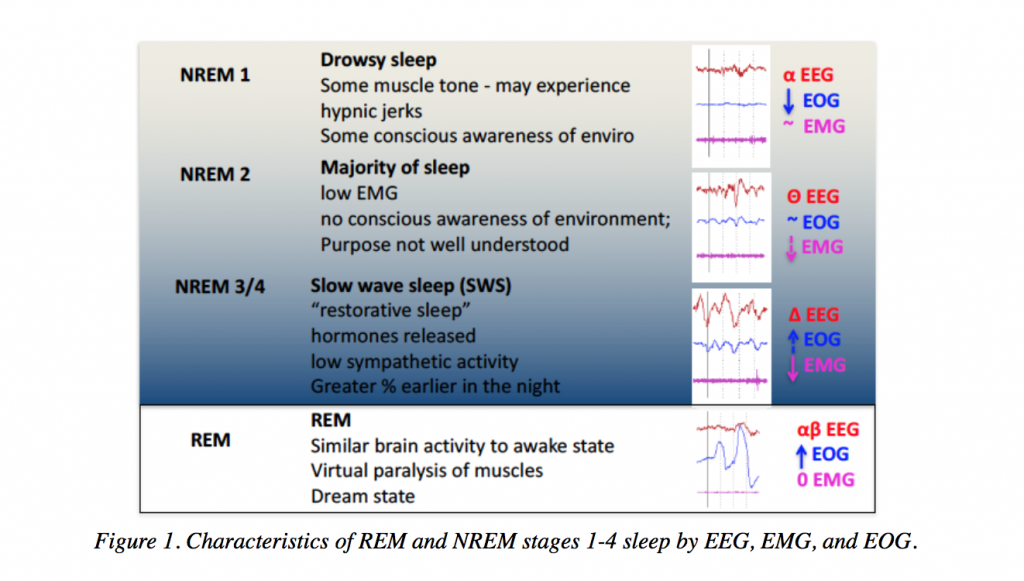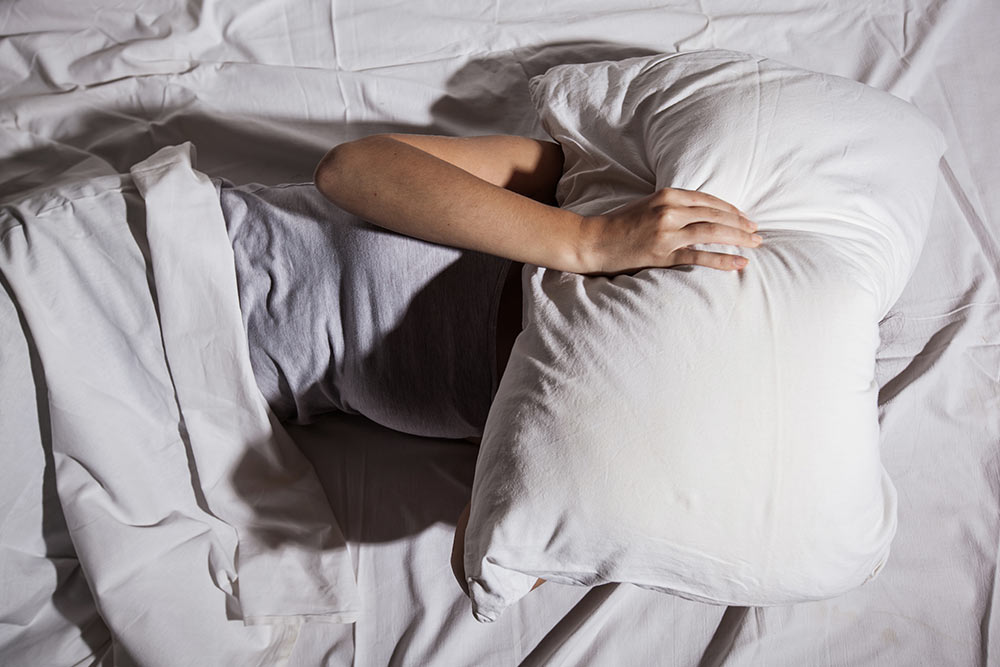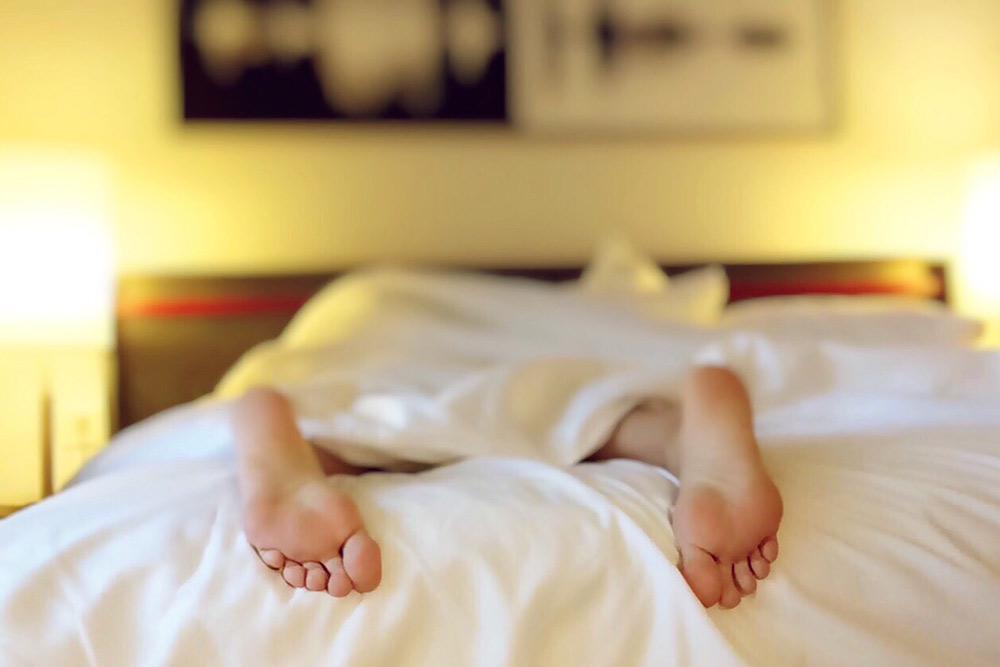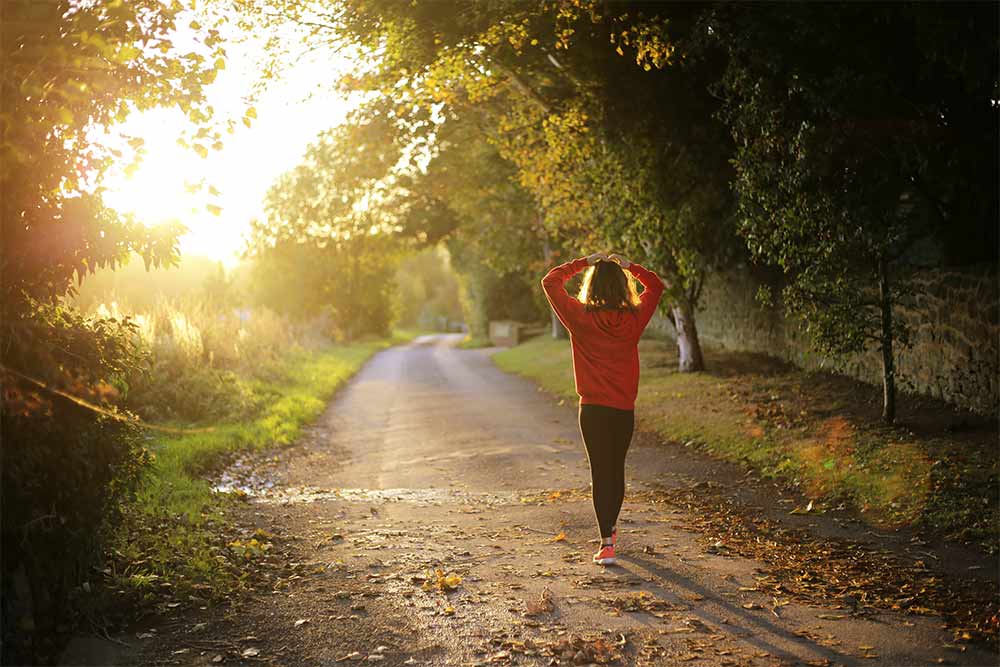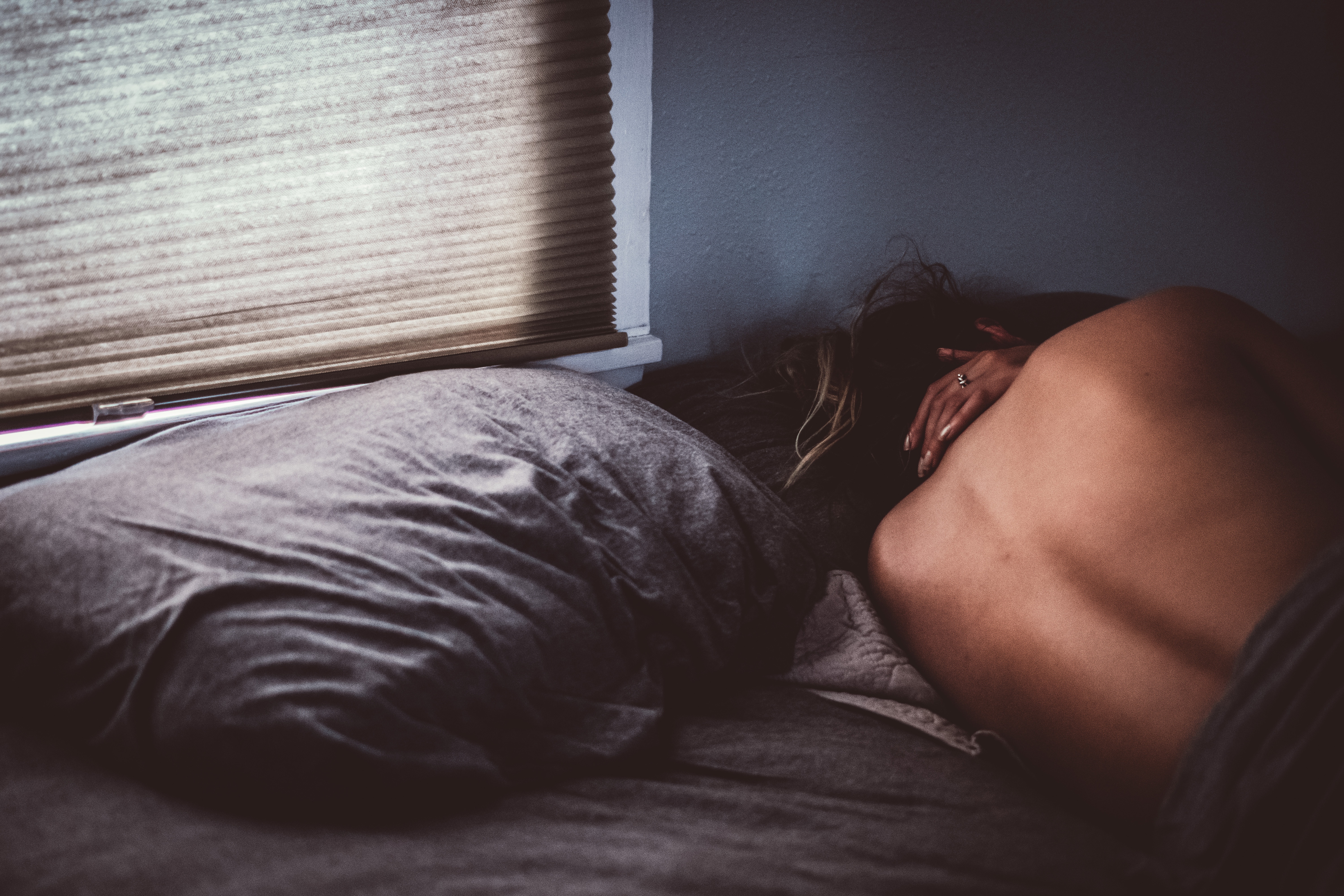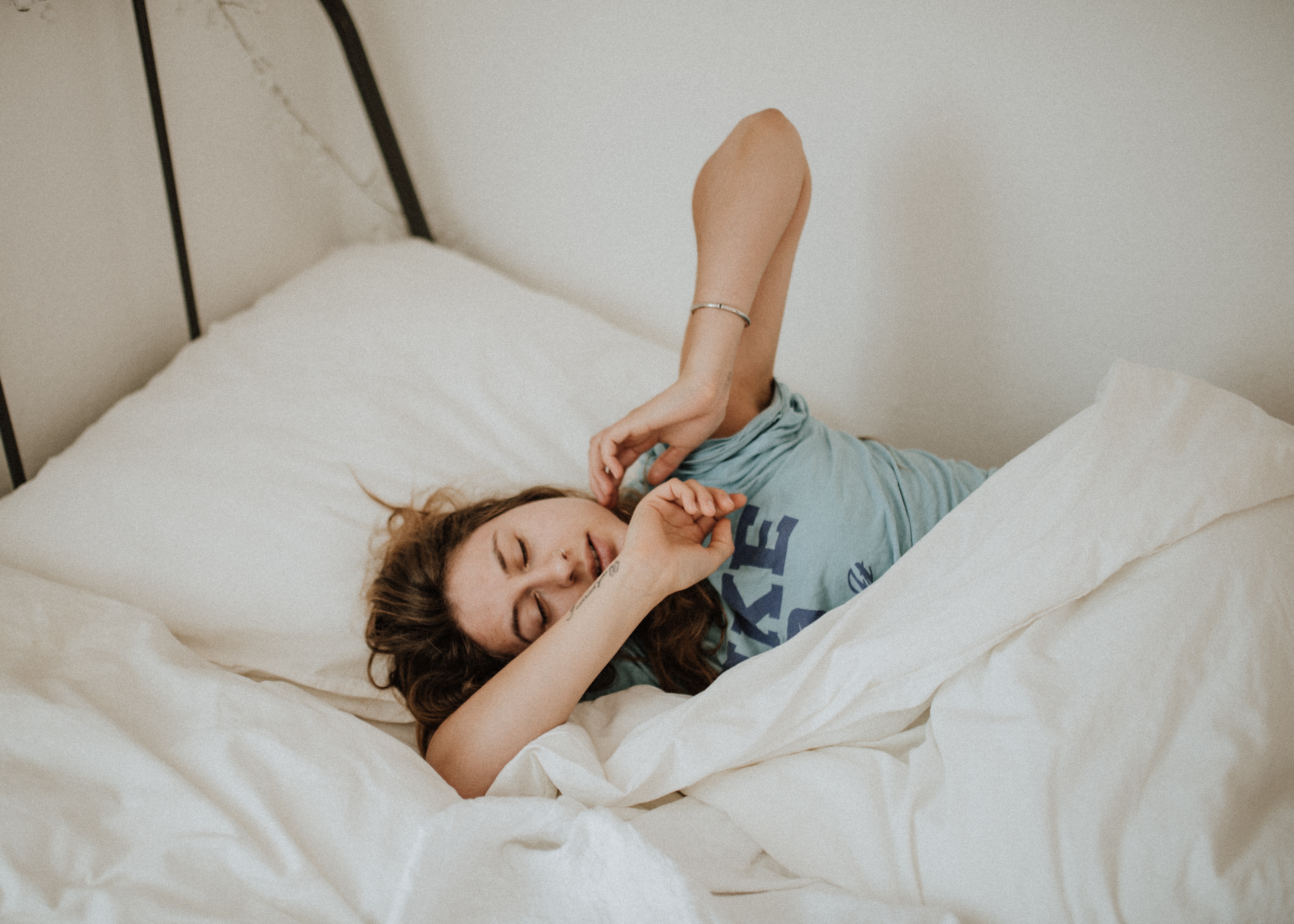A Better Night’s Sleep: Falling Asleep
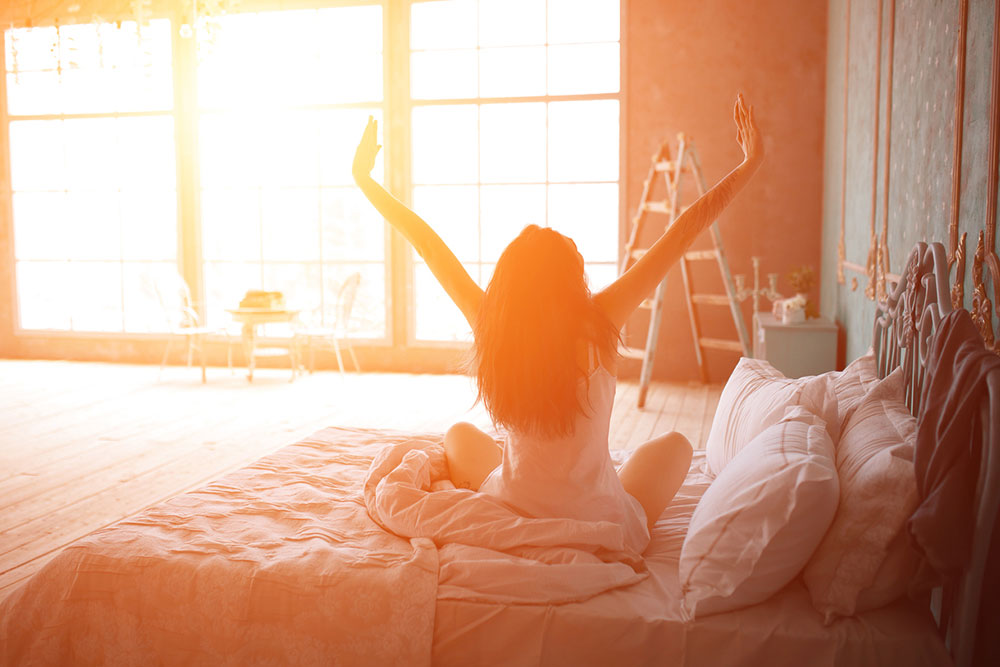
Gillian White – MSc, PhD (C), University of Toronto, Department of Exercise Sciences
What makes us fall asleep?
This is an important question because if we know what factors contribute to our drive to sleep the we can know how to get better sleep.
Our inclination to sleep is not as simple as it seems – there are multiple driving factors relating to both circadian rhythms of the body and metabolic factors. Metabolic fatigue in your brain and its drive to make you want to sleep increases with number of hours awake. Basically, when your brain is on, it uses energy and the process of using energy creates wastes that slow thinking and make you sleepy. The more energy your brain has expended thinking, problem solving, dealing with stress, the more wastes build up, the more tired you feel (Lorenzo 1995). This is a big contributing factor to feeling sleep initially – thinking is harder and your eyes feel heavy.
Although this might be what drives you to put your jammies on, it’s actually the circadian rhythms of your body that will keep you asleep and determine the quality of your sleep.
Related Article: 7 Tips To Get You Sleeping Again
Circadian Rhythm
 Circadian rhythm drivers of sleep include melatonin and body temperature. Most people don’t realize that your body temperature fluctuates throughout the day and it’s a very important factor in your sleep quality. It’s like what happens during hibernation. Essentially our body temperature dips until about 6am. The lower body temperature promotes slow wave sleep, which is critical for clearing wastes from your brain promoting cognitive function the next day (Lazar et al. 2015).
Circadian rhythm drivers of sleep include melatonin and body temperature. Most people don’t realize that your body temperature fluctuates throughout the day and it’s a very important factor in your sleep quality. It’s like what happens during hibernation. Essentially our body temperature dips until about 6am. The lower body temperature promotes slow wave sleep, which is critical for clearing wastes from your brain promoting cognitive function the next day (Lazar et al. 2015).
Getting enough hours before 6am is critical for getting enough slow wave sleep for optimal brain function – 6-8 hours before 6am is ideal (that means getting to sleep before midnight). As you get older the core temperature fluctuations change such that your body temperature rises earlier in the night – this is why older people tend to wake up earlier and why some older people have a hard time getting restful sleep, as slow wave sleep is impaired (Dijk et al 2000).
Melatonin
Lastly, the daily fluctuation of melatonin is one of them most important factors in our sleep timing and quality.
It is released from the brain in a way that follows the pattern of the sun rising and setting because its release is inhibited by light. This means that it is low during the day when the sun is up, and higher at night when the sun sets. It also means that our habits and dependence on artificial light can interfere with melatonin production, impairing sleep onset and quality (Lazar et al. 2015). This is extremely important because melatonin promotes the release of anabolic hormones (building and repair hormones) and is an anti-oxidant, and inhibits inflammation and catabolic hormones.
For this reason, it’s critical for maintaining a healthy body and is especially important in growing bodies and a body in repair (i.e. post-injury, post-surgery, post-exercise). It’s also important for the formation of new neural networks that turn short-term memories into long-term memories (i.e. learning). The long and short of it is that melatonin is very important for sleep quality and the effects that our sleep habits have on our physical and mental health and function.
Measuring Sleep Patterns
Sleep phases are generally evaluated by polysomnography – a combination of brain activity, eye movement, and muscle activity. Brain activity is measured by wavelength using encephalography (EEG), while eye movement and muscle activation are measured by electroculography (EOG) and electromyography (EMG), respectively. Using these measures, sleep can be characterized as rapid eye movement sleep (REM) or non-rapid eye movement sleep (NREM). NREM is further separated into stages 1-4, with 1 being very light sleep and 3-4 being very deep sleep – the respective characteristics are given in greater detail in figure 1.
Notable Phases of Sleep
REM Sleep
REM occurs perfominantly in the end of the night, and is characterized by high activity on EOG and EEG, and very low activity on EMG. It is critical for learning and memory consolidation and is sensitive to melatonin concentrations. A common concern among sleep scientists and medical professional is the effect of electronics on REM sleep. Blue light from electronics suppresses melatonin released from the brain, which is thought to impair REM sleep quality and therefore may effect learning.
Melatonin also inhibits cortisol release, so these hormones fluctuate throughout the day/night inversely (when melatonin is high, cortisol is low and vice versa) (Reidner et al. 2007). This is important because cortisol is a stress hormone and, while it has some important functions, if it is allowed to stay high all the time, it can contribute to the development fo stress related illness. It’s also why sleep is extra important during times of stress.
REM sleep is critical during periods of learning and training.
Slow Wave Sleep
SWS is restorative and important for promoting rest and recovery of your brain and your vital organs. Our organs are controlled by our involuntary autonomic nervous system, which has two arms: the sympathetic system is activating, while the parasympathetic system is relaxing. SWS decreases sympathetic activity, allowing our vital organs to rest and recover (they are on all day, after all!). SWS is also critical for brain recovery and clearing wastes to promote optimal cognitive function in the morning.
SWS is critical when next day performance is important.
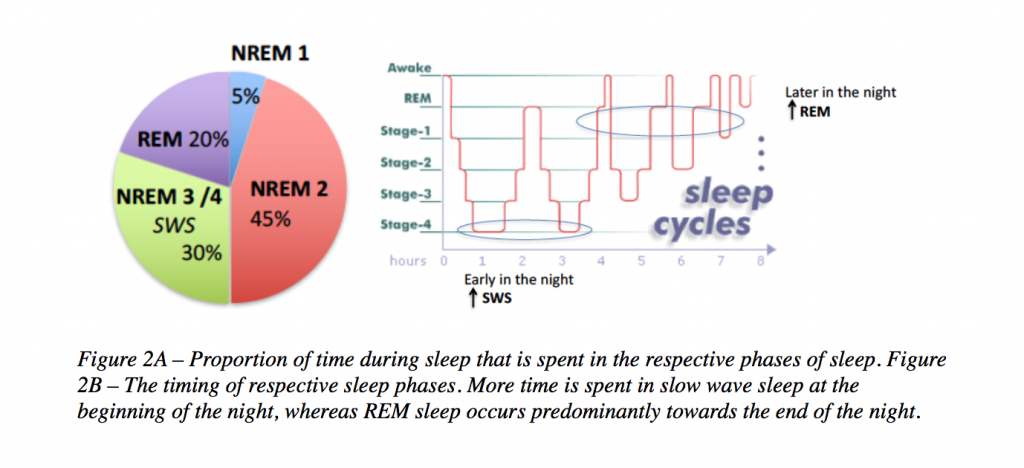 Related Article: A Better Night’s Sleep: The Statistics
Related Article: A Better Night’s Sleep: The Statistics
References:
Dijk DJ, Duffy JF, Czeisler CA. (2000) Contribution of circadian physiology and sleep homeostasis to age-related changes in human sleep. Chronobiol Int., 17(3):285-311.
Lazar AS, Lazar ZI, Dijk DJ. (2015) Circadian regulation of slow waves in human sleep: Topographical aspects. Neuroimage, 116:123-34.
Lorenzo I, Ramos J, Arce C, Guevara MA, Corsi-Cabrera M. (1995) Effect of total sleep deprivation on reaction time and waking EEG activity in man. Sleep,18(5):346-54.
Riedner BA, Vyazovskiy VV, Huber R, Massimini M, Esser S, Murphy M, Tononi G. (2007)
Sleep homeostasis and cortical synchronization: III. A high-density EEG study of sleep slow waves in humans. Sleep, 30(12):1643-57.
You Might Like:

